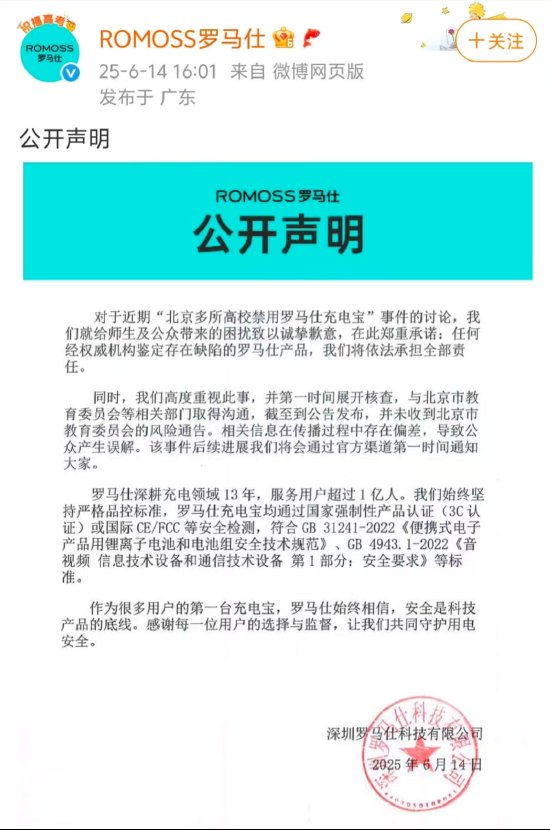Editing by Greg Gao/WM Zhang
The market value of Nvidia as the top GPU player, surpassing that of CPU giant Intel in July 2020, drew broad interest in China's semiconductor communities and inspired more Chinese companies to foray into the GUP sector as well. JW Insights organized an online forum in mid-May to review this sector and explored ways for Chinese companies to develop.
A group of China-based experts at the forum called for more cooperation and building a local industry chain to help China achieve breakthroughs in GPU from IP, design, software ecosystem to applications. The online forum was viewed more than 43,000 times, showing its popularity.

According to a Verified Market Research study, the global GPU market will maintain growth from 2020 to 2027 and reach US$185.31 billion in 2027, with a compound annual growth rate of 32.82%. Facing the promising GPU market, more domestic GPU players in China are breaking into the industry.
As in other high-end IC sectors, U.S. giants such as Nvidia, Intel, and AMD dominate the GPU market, and they continue to innovate, trying to increase their market shares. Although some Chinese companies have made some progress in the sector, there is still a big gap with the U.S giants.
With the uncertainties from the continued geopolitical conflicts between U.S and China, GPU is attracting more attention in China. Chinese companies are looking for domestic substitutes with more secure supply chain.
As the core unit of massive data processing, GPU is a cornerstone of the internet of everything era, resulting in more unexpected interactions and connections and triggering more GPU applications.

Jiang Kai, Chief Architect of Inspur Research Institute affiliated with China's leading server maker Inspur, said that graphics cards for PCs and games account for over 50% of overall GPU applications, data centers and high-performance computing for about 30%. The rest are for visual subdivision applications in automobiles and industries.
In data centers, Nvidia, the inventor of the GPU, and AMD have dominant positions, with Nvidia enjoying probably over 90% market share. China's startups Cambrian(寒武纪), Bitmain(比特大陆), and Innosilico(芯动科技) are also making forays into this field, but they are not able to compete with Nvidia yet and still has many aspects to be improved. But Jiang Kai is optimistic about the market prospects in China and asserted China's domestic GPUs will experience stronger development as the country strives to have more self-reliant IT capabilities and promote domestic substitution.
Dr. Shi Xin, Vice President of Strategic Marketing and Ecosystem of Imagination China – the leading IP provider for GPU, described GPU's two major application scenarios - the desktop, mobile or embedded GPUs with different market implications for China. For years Nvidia, AMD, and Intel dominate the desktop level, which demands high performance. There is another "Big Three" in the low power consuming mobile GPUs: Arm, Qualcomm, and Imagination. In automotive GPU, which emphasizes more security and stability, Imagination also leads with approximately 46% market share. According to Shi, the company's emphasis used to be on GPU for mobile devices. It now has provided DCD markets – data center, clouding computing, and desktop for local Chinese companies.
Irwin Chen, Vice President of Marketing from Innosilicon – a GPU design company, said that several Chinese startups are working hard to fill in the gap despite the GPU dominance by the top international giants. "We will continue to cooperate with Imagination to go into the server IP field and launch server GPU, " he said.
So far, Innosilicon has developed a variety of IPs that can support various processes, including advanced high-speed storage GDDR6/6X technology. Irwin Chen said that his company has a strong advantage in IP interface, and its GPU architecture has improved significantly.
Han Xiaomin, General Manager of JW Insights's consulting division, also pointed to more opportunities in the data center and server markets for Chinese companies. The traditional market of GPU for PC is all stable and mature. Arm, Imagination, and Qualcomm Adreno own a significant number of IP cores in the smartphone market, implying high entry barriers for new players, he said.
Jiang Kai of Inspur Research Institute said there is great potential for GPU in China from its IT self-reliant drive, which has not fully rolled out yet, and more local Chinese CPU providers will work on GPU. The Seventh National Population Census in China shows more aging population in the country, and it could lead to more use of robots, which will boost up more GPU in the country, he predicted.
"With the adoption of 5G, the computing in more robots will move to the cloud, reducing the costs for making robots, thus promoting domestic GPU development," he added. Autonomous driving is another huge market, which Jiang believes will create new demands for GPU.
"The biggest opportunity for GPU chips for Chinese companies is when more commercial use of 5G is in place, what is done on devices will move to the cloud, including gaming, VR, cloud-based phone and desktop. Even GPU on mobile devices might go to the cloud, benefitting both users and application developers," said Shi Xin, the Imagination VP. Data visualization is another opportunity for GPU. 5G will bring about more data visualization for quicker decision-making, he added.
GPU manufacturing is another challenge in China since it requires more advanced process technologies, Jiang said. But Chinese fabs, especially the leading SMIC, are still on an uphill path with it.
In building a domestic GPU industry chain, standards are an unavoidable issue, said Han Xiaomin. "The future opportunity for the domestic GPU industry chain lies in whether end customers, middleware players, and GPU providers can work together to create industry standards for domestic specific applications," he said. There has not been a unified standard globally, and it should be done as soon as possible.










